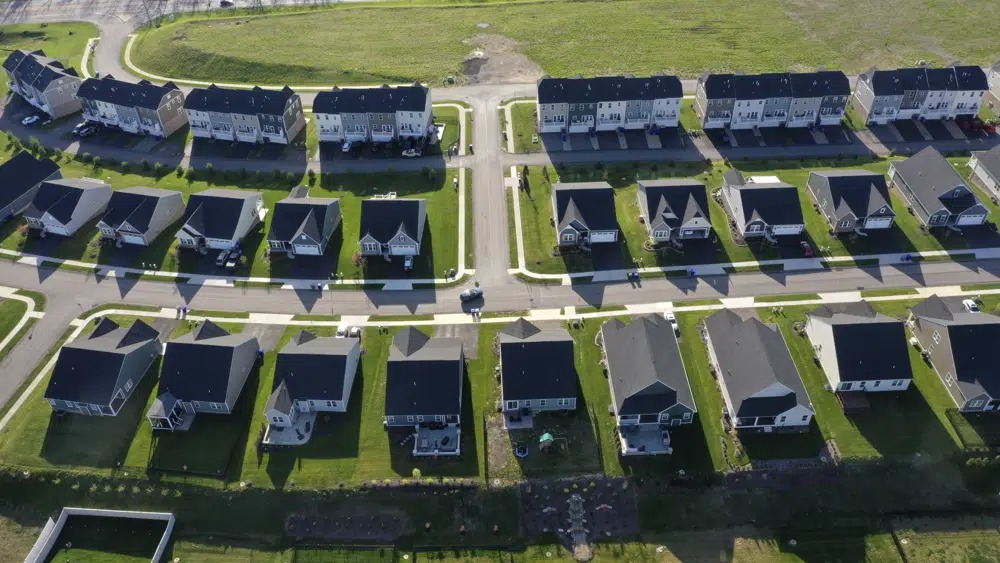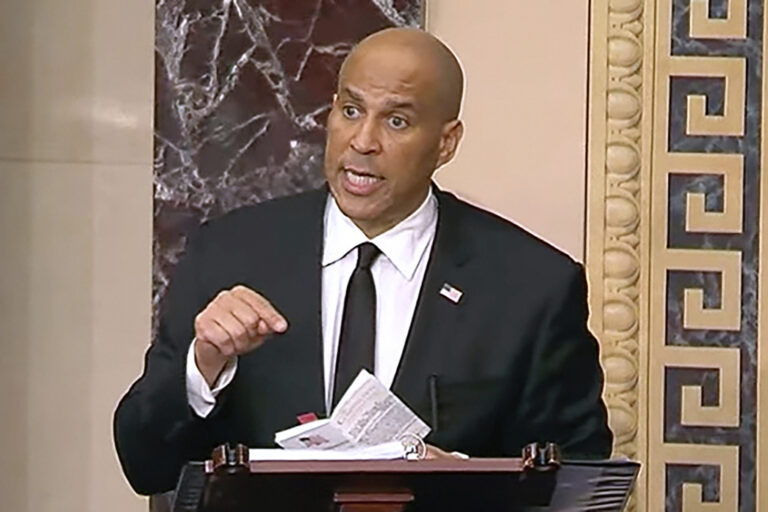The average rate on a long-term U.S. home loan is down to the lowest level in five weeks, welcome news for house hunters facing a market constrained by persistently high prices and a near-historic low number of homes for sale.
Mortgage buyer Freddie Mac said Thursday that the average rate on the benchmark 30-year home loan inched down to 6.35% from 6.39% last week. The average rate a year ago was 5.30%.
The average benchmark rate has now edged lower seven of the last nine weeks since reaching a high for this year of 6.73% in early March.
“This week’s decrease continues a recent sideways trend in mortgage rates, which is a welcome departure from the record increases of last year,” said Sam Khater, Freddie Mac’s chief economist. “While inflation remains elevated, its rate of growth has moderated and is expected to decelerate over the remainder of 2023. This should bode well for the trajectory of mortgage rates over the long-term.”
High rates can add hundreds of dollars a month in costs for homebuyers on top of already high home prices. The elevated rates combined with a stubbornly low inventory of homes on the market have weighed on U.S. home sales this spring homebuying season.
Sales of previously occupied U.S. homes fell 22% in the 12 months ended in March, marking eight straight months of annual sales declines of 20% or more, according to the National Association of Realtors.
The latest pullback in mortgage rates is perfect timing for Cheryl Cafarella, who recently began shopping for condos priced between $150,000 to $170,000 in Chicago.
“I thought, before (rates) go any higher, I might as well jump in and try to find a place,” said Cafarella, 55.
While she regrets missing out on the ultra-low mortgage rates two years ago, the business center manager isn’t stressing over where rates are now.
“We can always refinance when the rates go down again,” she said, adding she’s also looking for a seller who will offer to buy down the rate on her mortgage.
One way buyers have dealt with higher rates over the past year is with a mortgage rate buydown, which lowers the rate on a home loan for a few years or for the life of the loan, thereby reducing a homebuyer’s overall borrowing costs. In exchange, buyers pay fees as part of their closing costs to cover the rate buydown.
Many homebuilders have offered to cover these costs for buyers to help get a deal done. Individual homeowners eager to sell have also enticed buyers with such an offer, though that’s not as common now as it was last fall when the average rate on a 30-year mortgage climbed above 7%.
“Limited inventory means that sellers don’t really need to concede that much,” said Niko Voutsinas, a Redfin agent in Chicago.
Many homeowners who locked in a mortgage rate in 2020 and 2021, when rates averaged below 3%, are reluctant to sell now that rates have since doubled, which is limiting the inventory of homes on the market. The number of homes for sale has yet to return to pre-pandemic levels, with roughly 1.63 million homes listed for sale in the first quarter, down 40% from the first three months of 2019, according to the NAR.
The dearth of listings has led to a resurgence in homes receiving multiple offers, especially on the most affordably priced properties, and helped keep home prices from falling significantly, despite a housing slump dating back to early last year. The national median price for a previously occupied single-family home was $371,200 in the first quarter, down only 0.2% from a year earlier, according to the NAR.
“The decline in mortgage rates is good news for prospective homebuyers, but housing supply is still too low in many parts of the country,” said Bob Broeksmit, CEO of the Mortgage Bankers Association.
Many prospective homebuyers have been pushed to the sidelines during the past year as the Federal Reserve cranked up its main borrowing rate in a bid to tamp down persistent, four-decade high inflation.
The government reported this week that consumer prices, a key barometer of inflation, rose 4.9% in the 12 months ended in April. That’s down significantly since peaking at 9.1% in June, but remains well above the Fed’s target level.
The Fed has raised its benchmark interest rate 10 times in 14 months. At its meeting of policymakers last week, the central bank signaled that it could finally pause its yearlong campaign of rate hikes, though a pause would likely only nudge mortgage rates slightly lower.
Shifts in the Fed’s short-term lending rate don’t directly affect mortgage rates, but they do influence the yield on 10-year Treasury bonds, which lenders use as a guide to pricing home loans. That’s because higher rates push bonds prices lower, which then causes their yield to go up. Investors’ expectations for future inflation and global demand for U.S. Treasurys also influence mortgage rates.
The average rate on 15-year fixed-rate mortgages, popular with those refinancing their homes, slipped this week to 5.75% from 5.76% a week earlier.
(AP)











